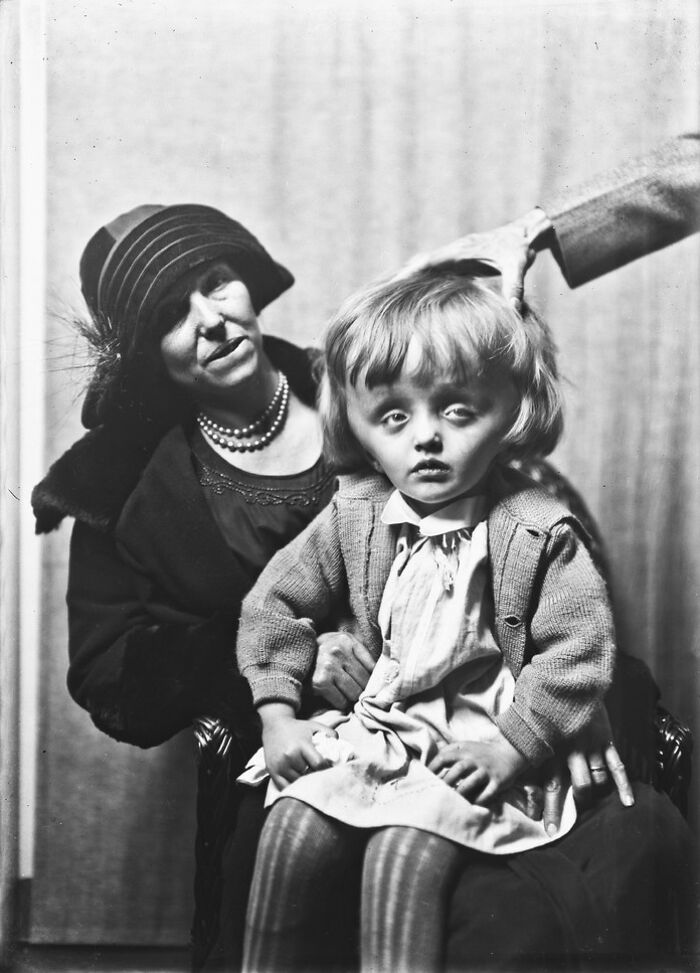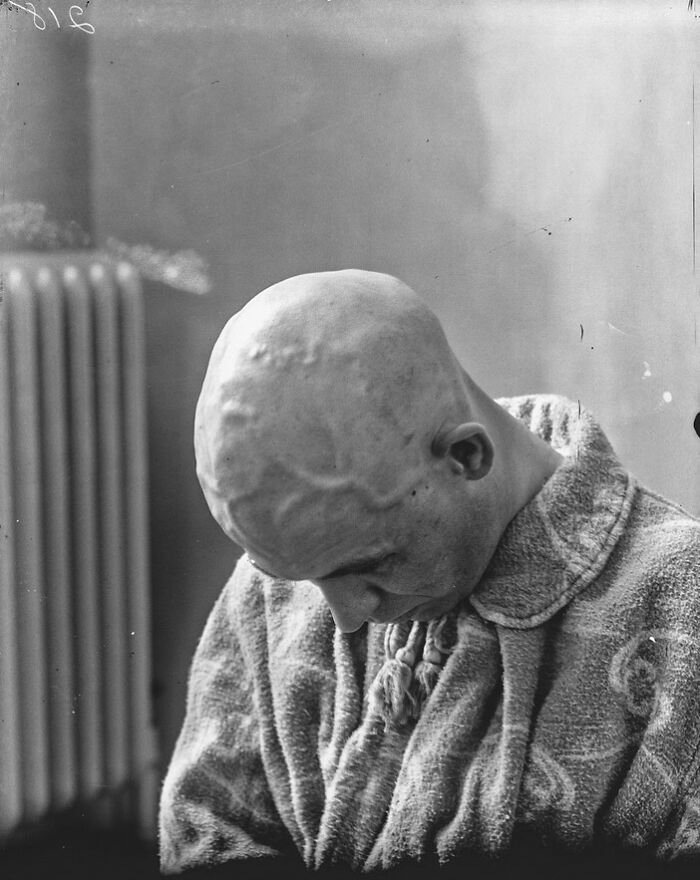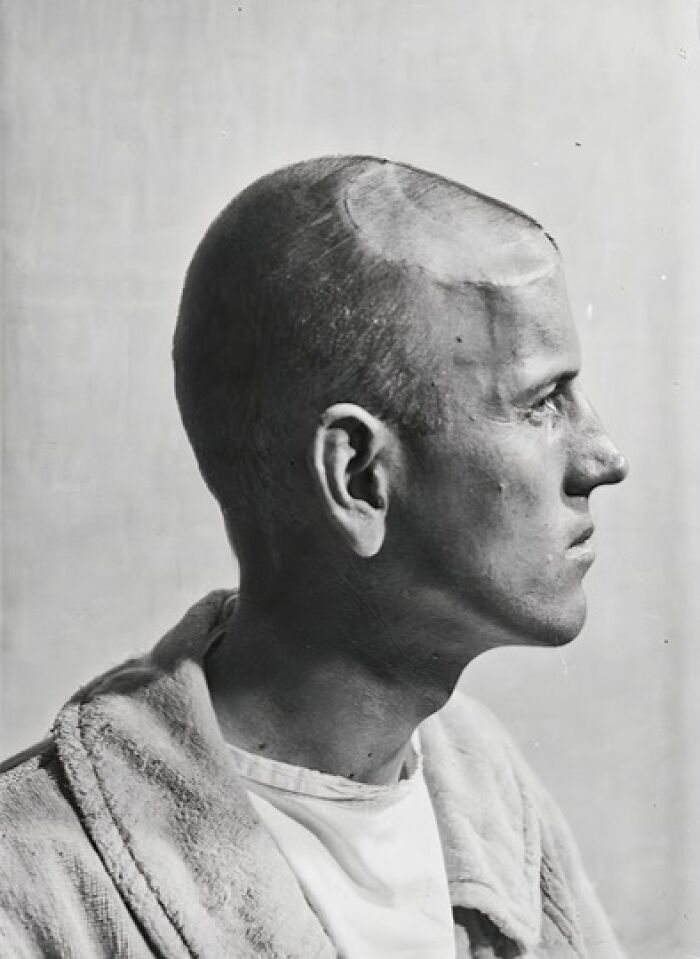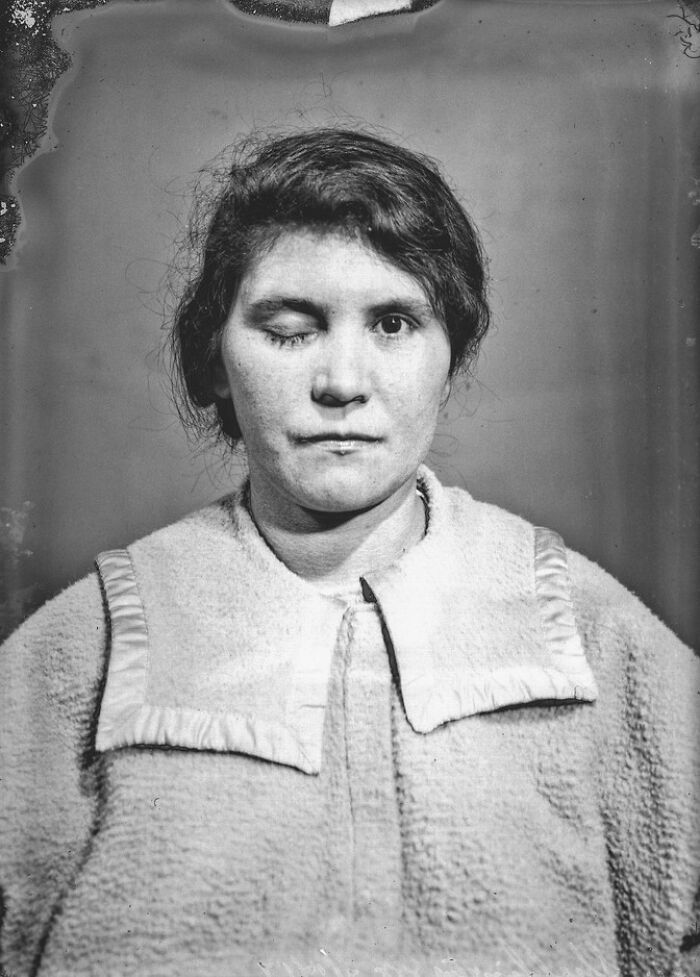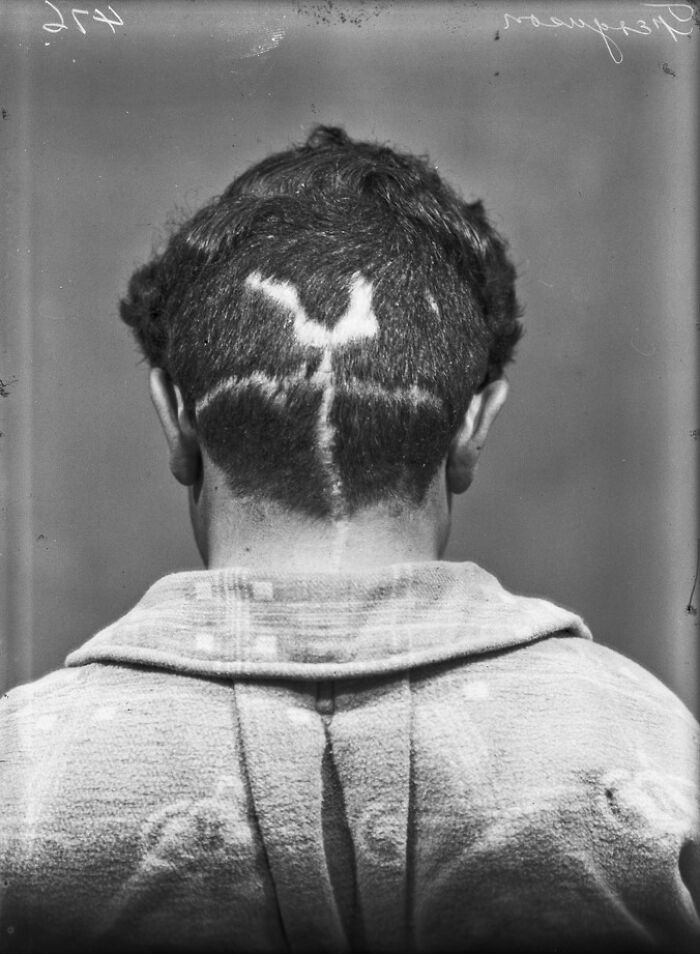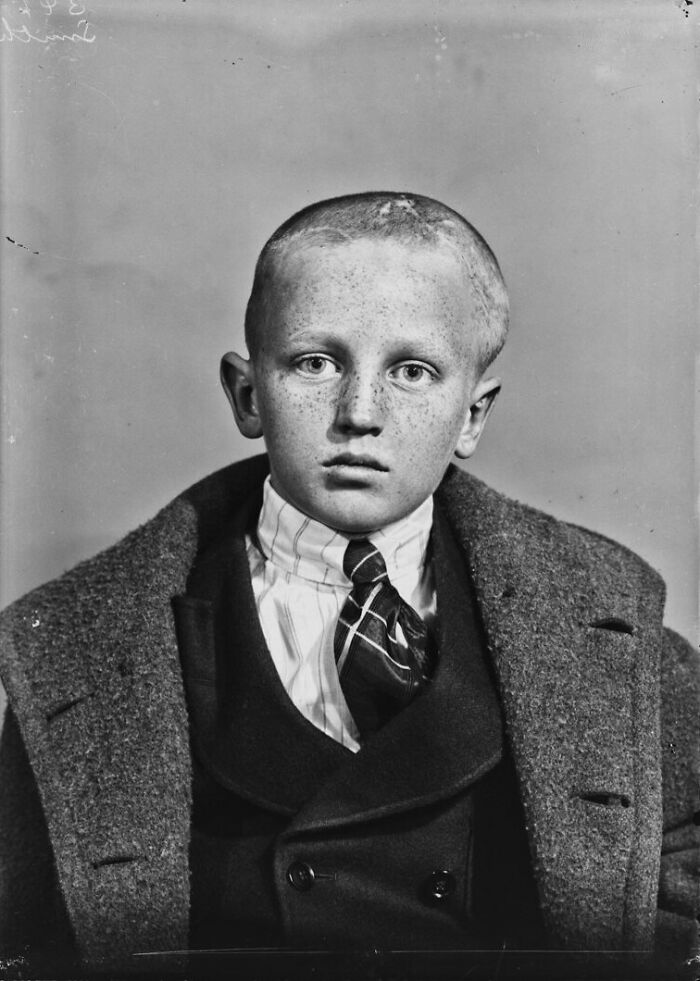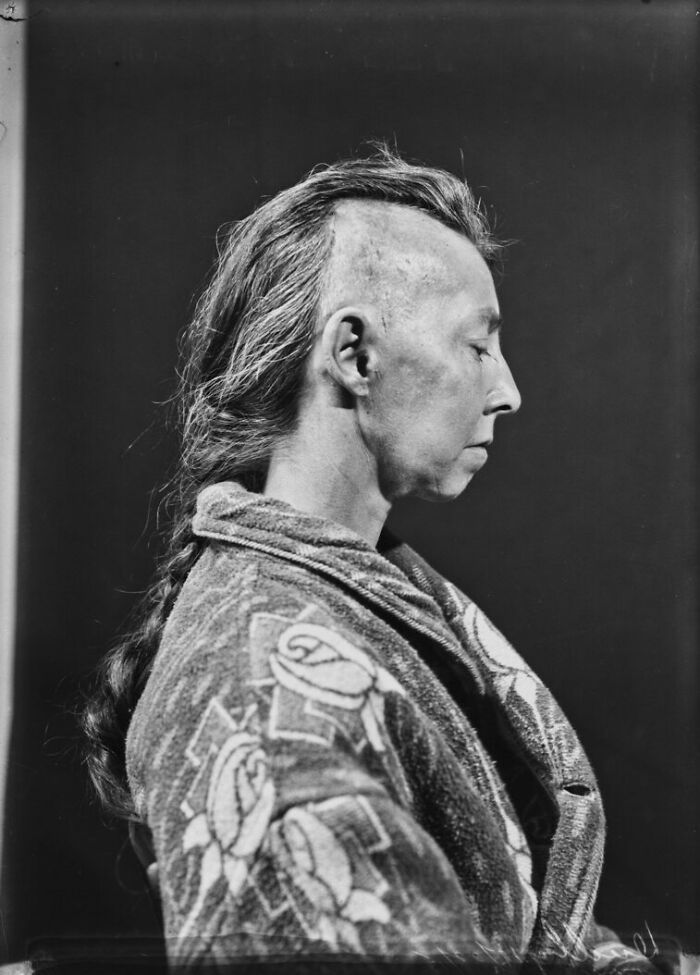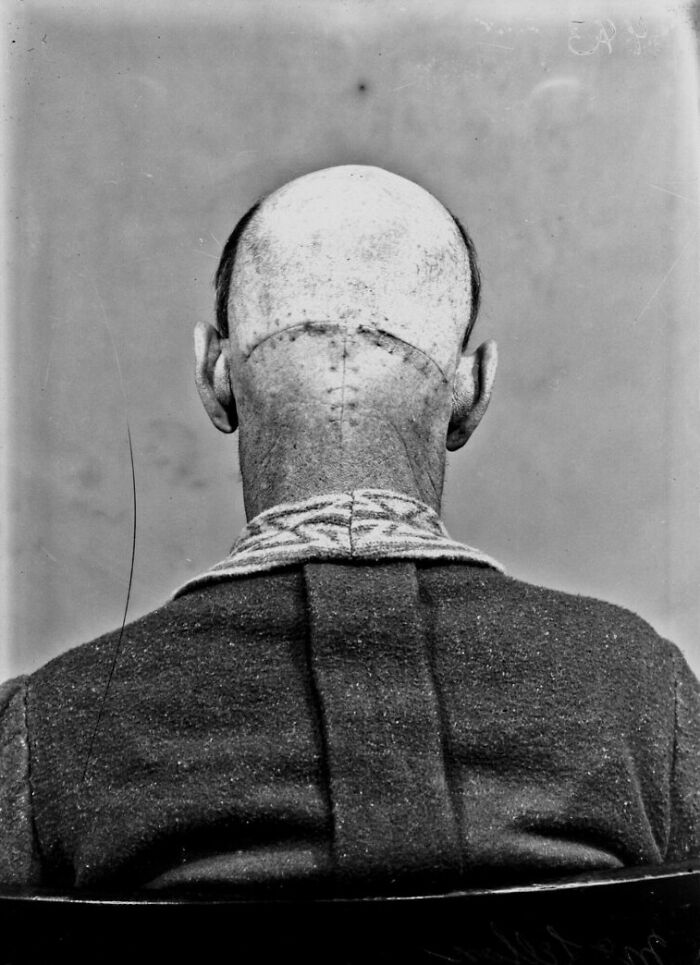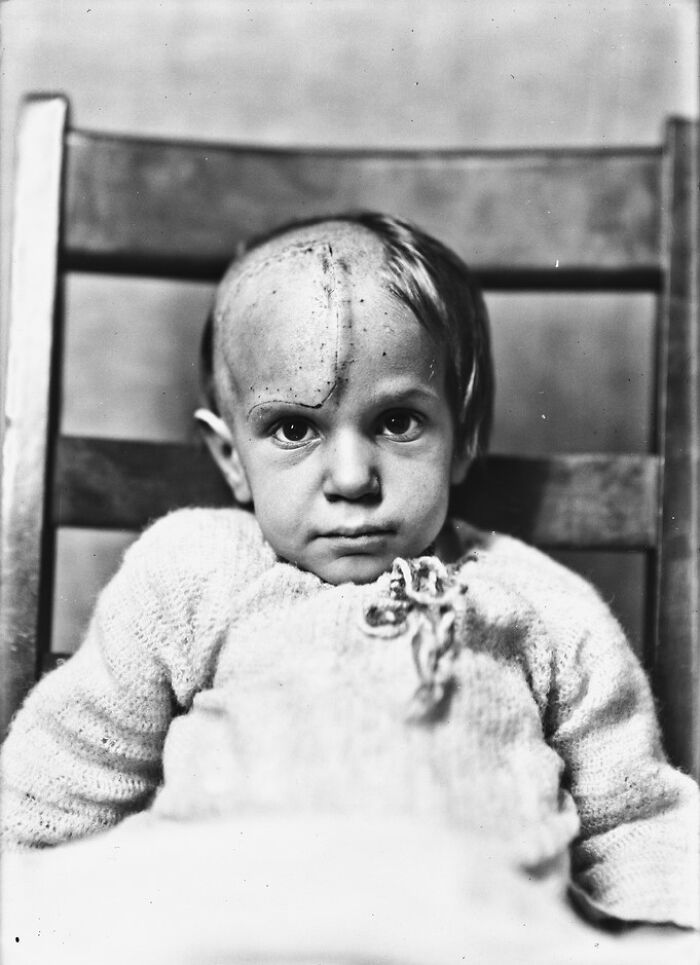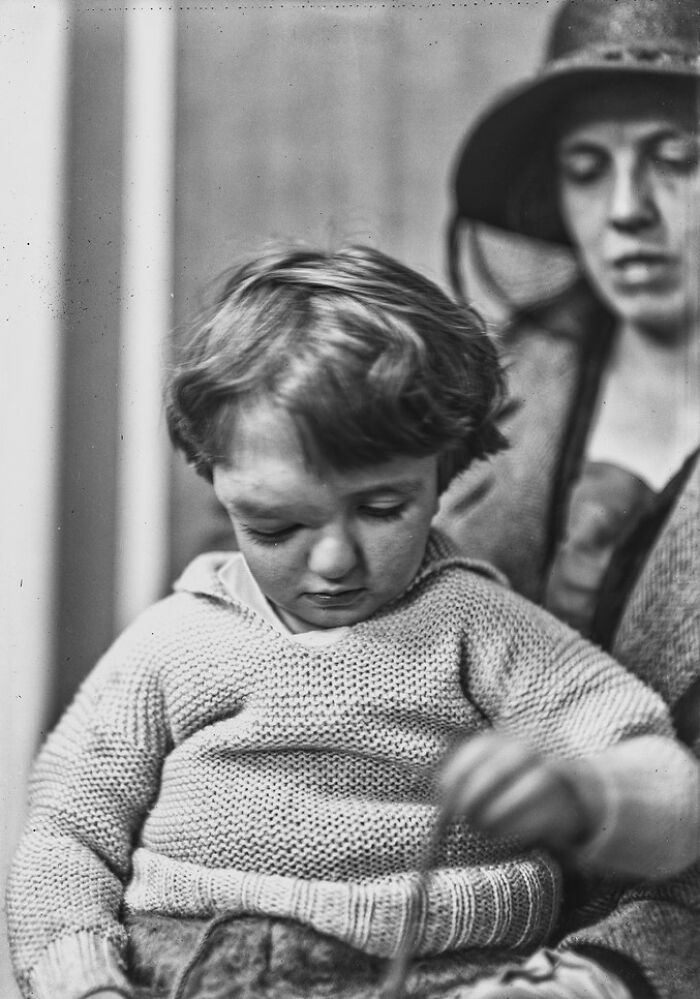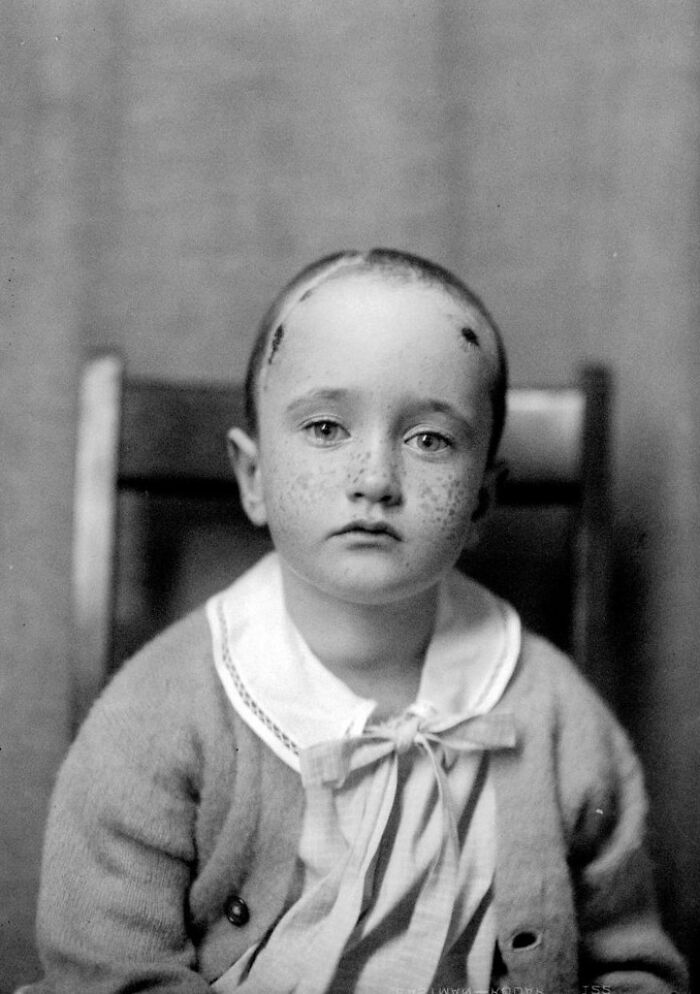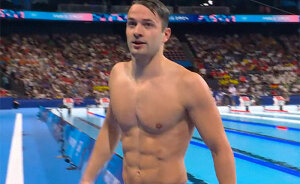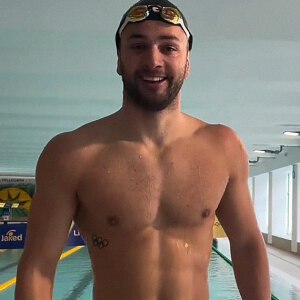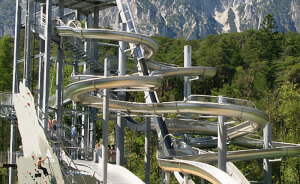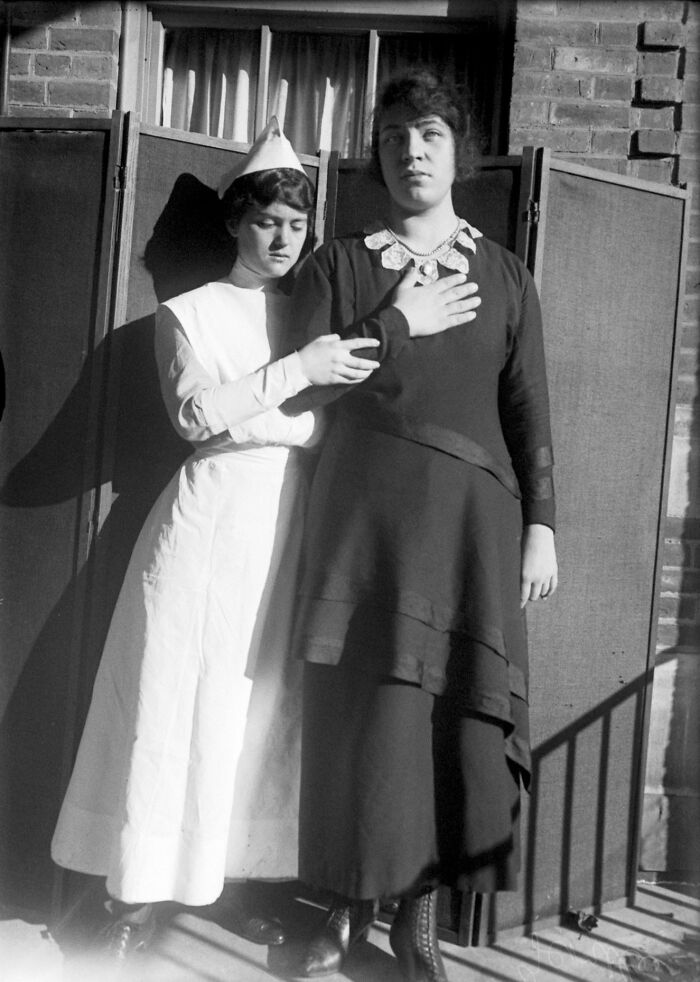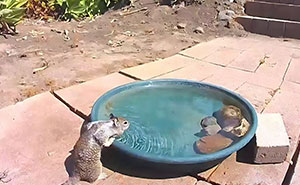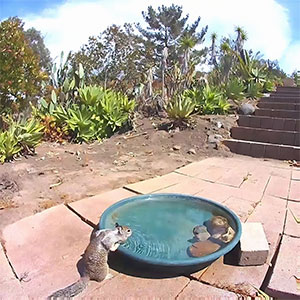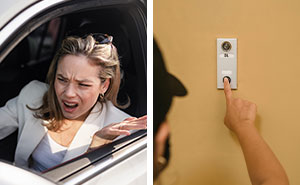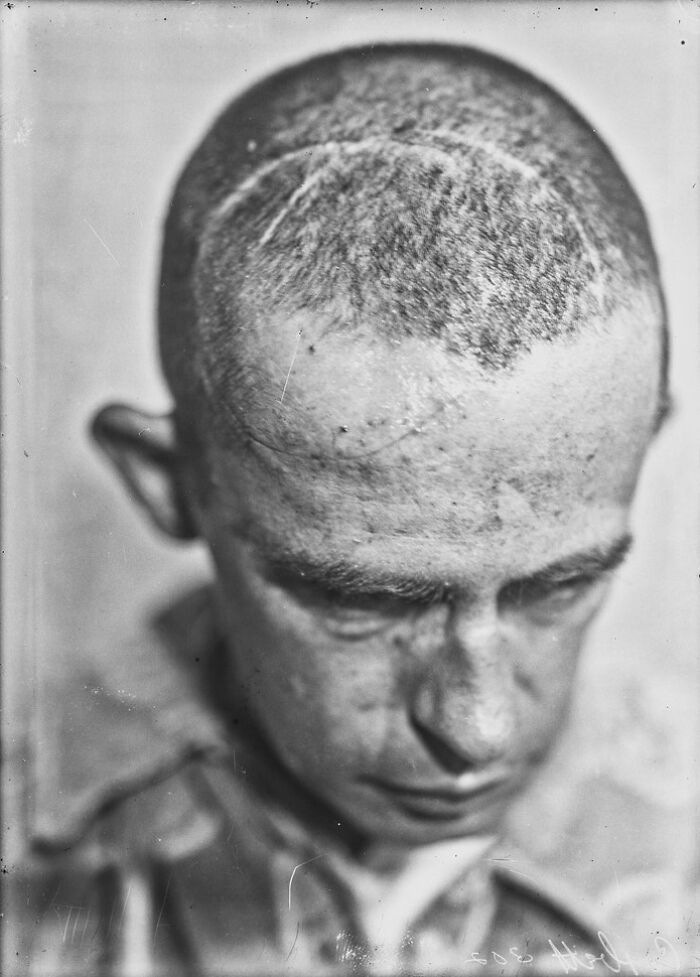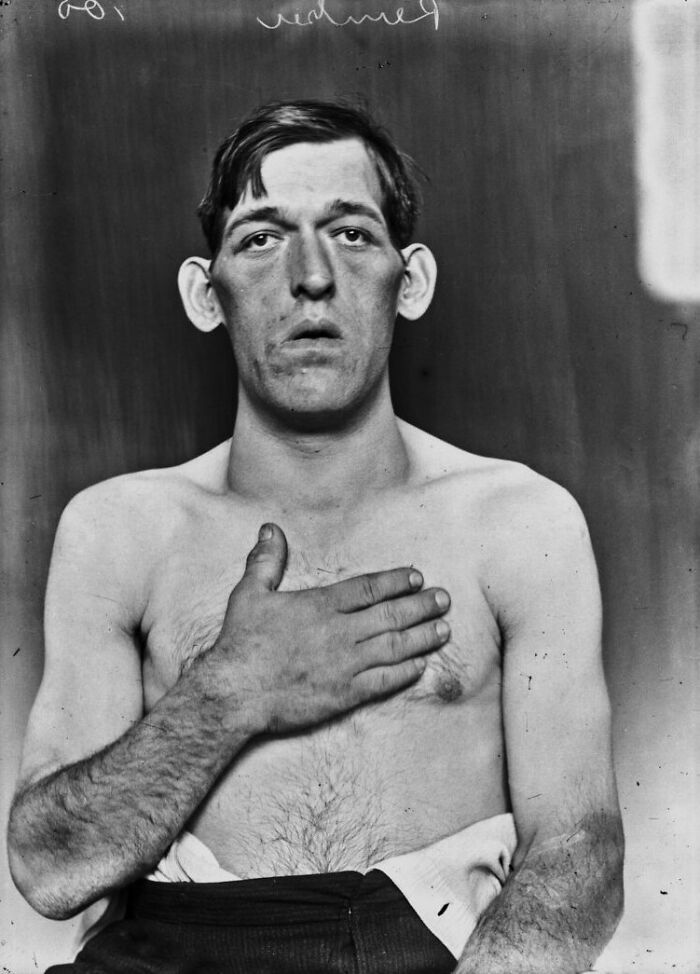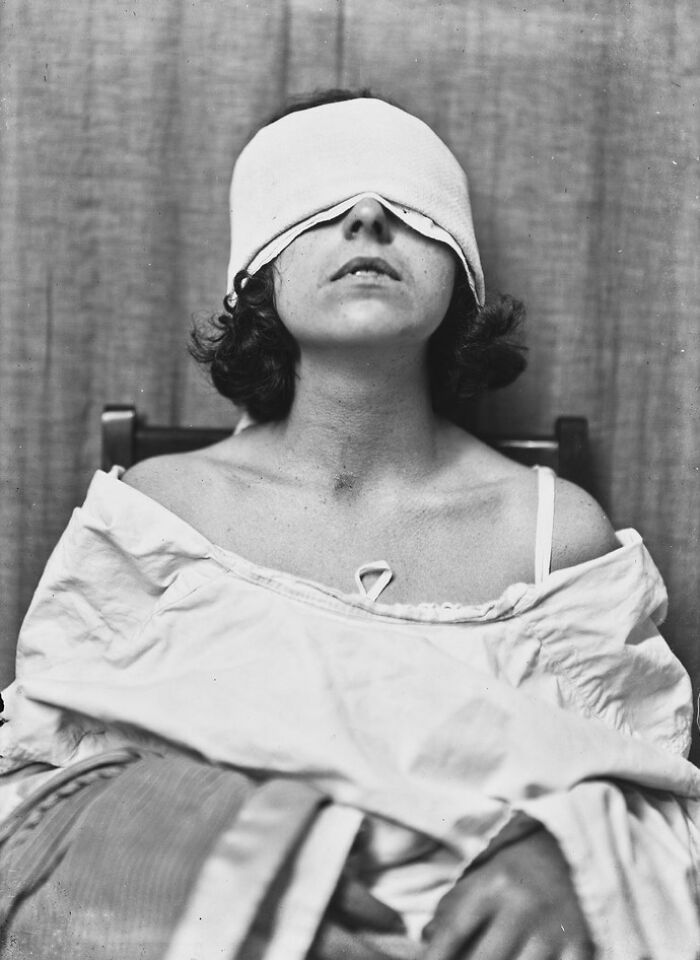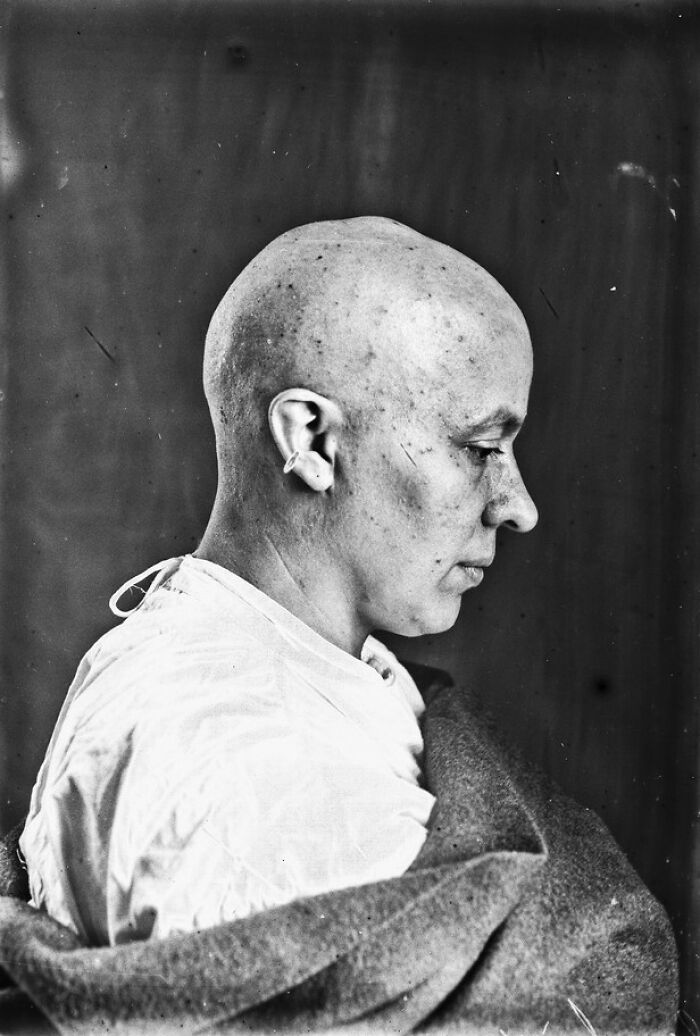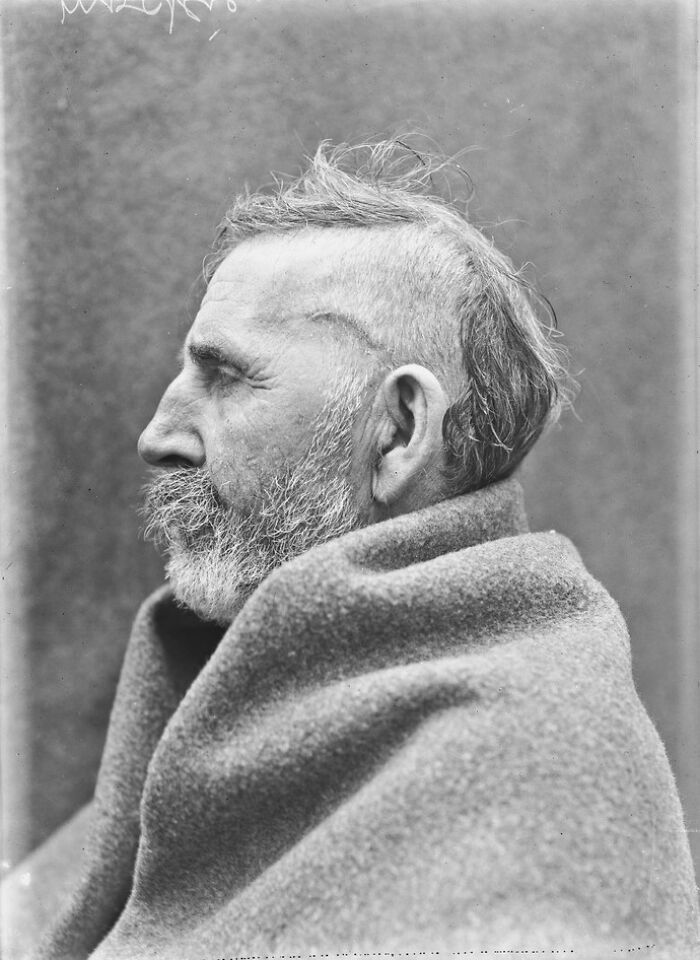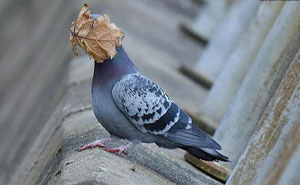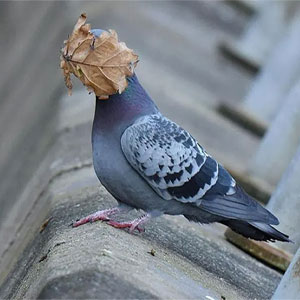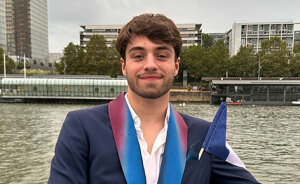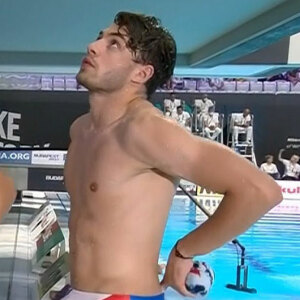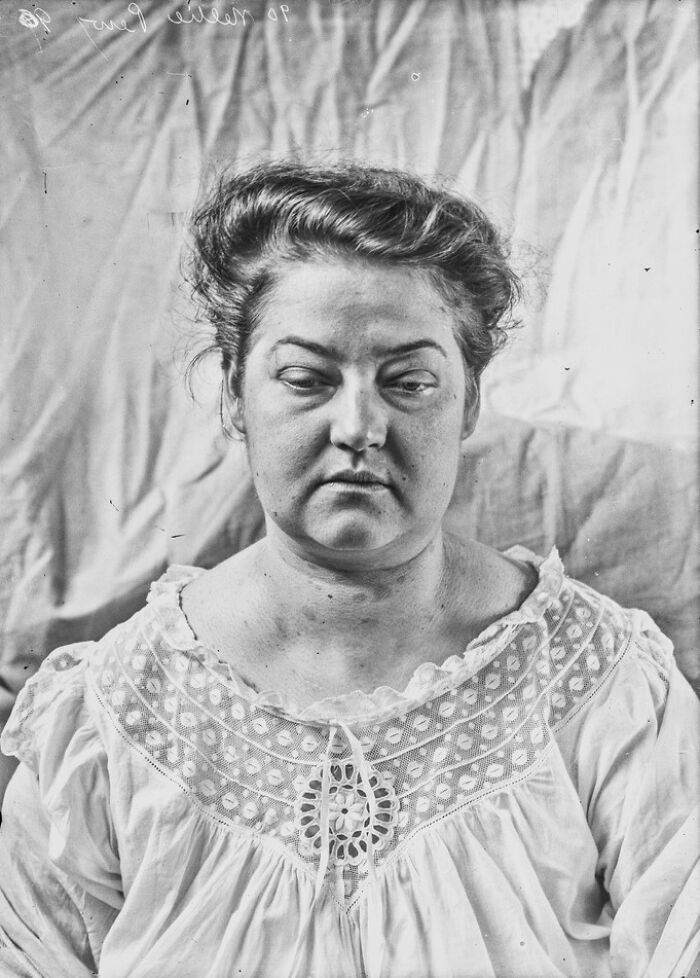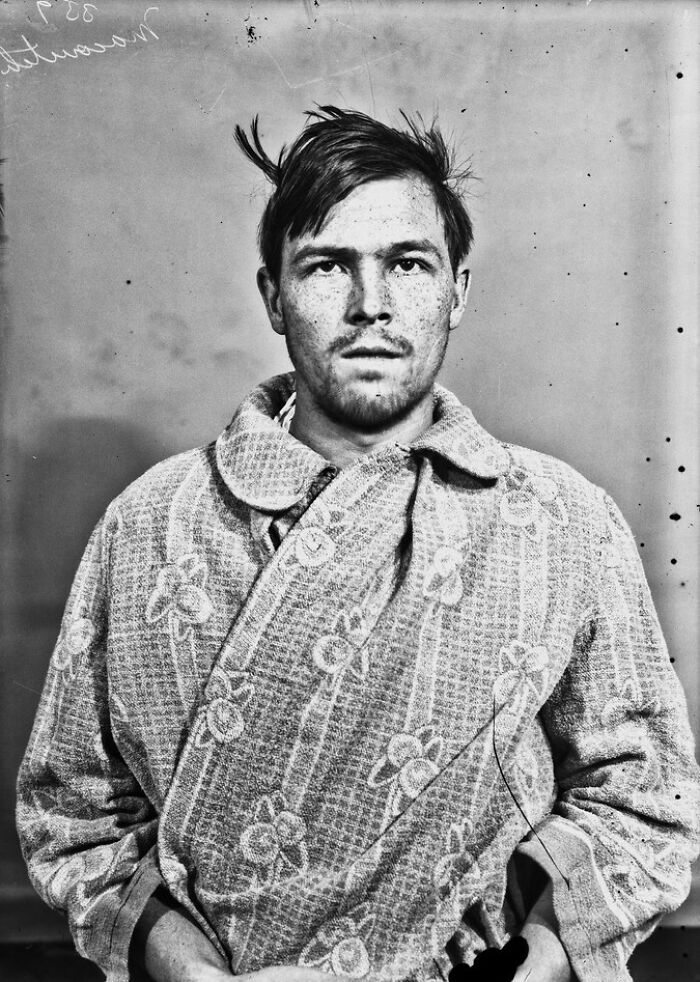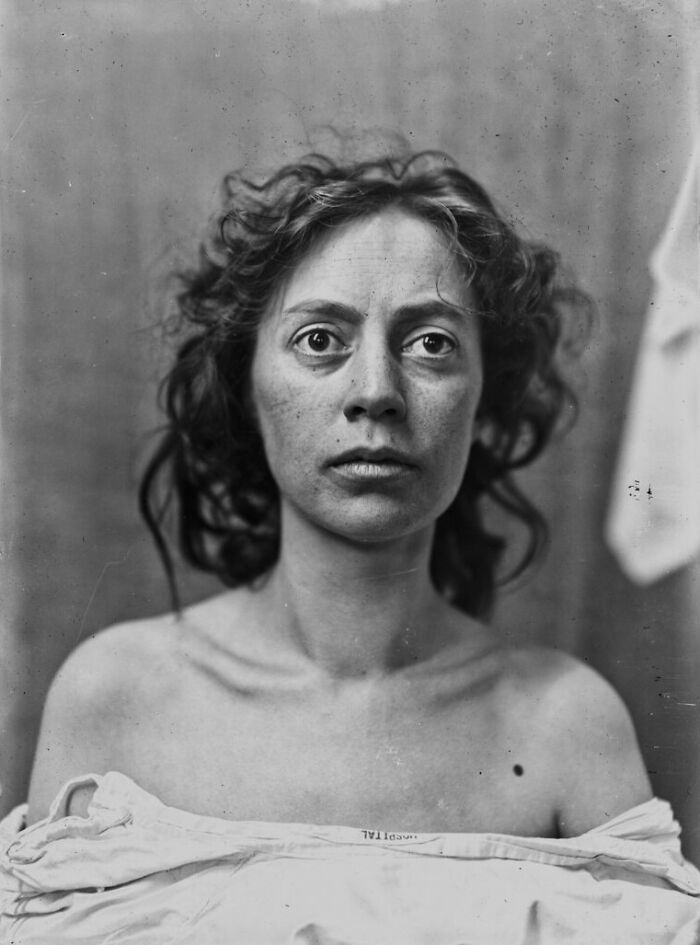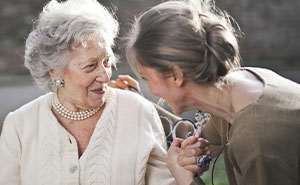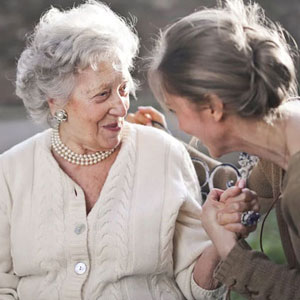When it comes to brain surgery, for instance, it’s Dr. Harvey Cushing who should be praised for laying the groundwork in the field. Considered to be the pioneer of neurosurgery, he was not only the first exclusive neurosurgeon, but also the first person to describe what is now known as Cushing’s disease. If you are fascinated by neurosurgery or simply someone with a curious mind, today’s list might be something you didn’t expect to see, but are eager to browse now that you’re here. Below you will find portraits of some of Dr. Cushing’s patients from back in the 20th century, so scroll down to view them, but keep in mind that some images can be somewhat disturbing. Discussing Cushing’s input in the world of neuroscience, Cohen and Gadal wrote: “For Cushing to achieve the dream of establishing and spreading his specialty through his disciples, he needed to first prove the safety of his methods. His patients therefore became the center of his career and their stories, which he carefully recorded, became the diary of neurological surgery in its infancy.” A study of some of Cushing’s notes found that he had copious documentation of his own surgical mishaps as well as suggestions on how to prevent such accidents from happening in the future. Some mistakes the surgeon documented included errors of judgment—such as the time he reportedly operated on the wrong side of a patient’s brain—as well as cases classified as “human error,” entailing such mishaps as dropping an instrument into a wound. In addition to that, he became increasingly interested in the pituitary gland—a pea-sized gland located at the base of the brain—and would spend countless hours working on it both in the operating room and the laboratory. Such effort eventually led him to becoming a global authority figure in regards to matters related to trigeminal neuralgia, brain tumors, and diseases of the pituitary gland. The surgeon would often have to leave his wife—Betsey M. Williams, who he married in 1852—and kids for long periods of time or would spend time studying and working on his notes. According to the Journal of Medical Humanities, Hektoen International, Cushing did take the time to do appendectomies on two of his kids and removed a tubercular lymph node from another. “His oldest son died in an alcohol-related car crash; another son flunked out of Yale. One of his daughters married a son of Franklin Roosevelt. The marriages of his three daughters all ended in divorce. During his last years, Cushing was often alone and in poor health,” a piece in the magazine read in part. Cushing was reportedly the driving force persuading Yale University officials to open a medical library, which would be the heart of the medical school, where old and new collections would be equally accessible. Unfortunately, the neurosurgeon died on October 7, 1939 just days after learning that the funds to build the medical library had been allocated. In 1990, Betsey Cushing Whitney—the widow of the former US Ambassador to the United Kingdom and publisher of the New York Herald Tribune, John Hay Whitney—donated $8 million dollars for a renovation and expansion of the library. The edifice was then renamed the Harvey Cushing/John Hay Whitney Medical Library. Follow Bored Panda on Google News! Follow us on Flipboard.com/@boredpanda! Please use high-res photos without watermarks Ooops! Your image is too large, maximum file size is 8 MB.
